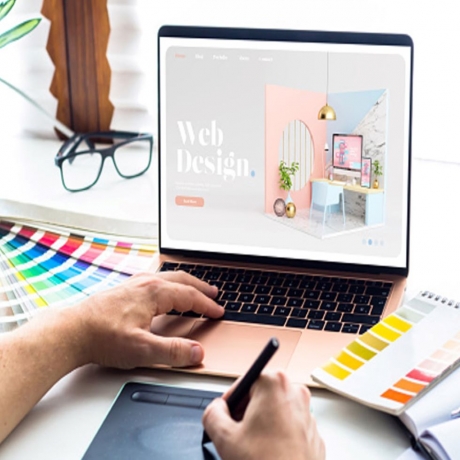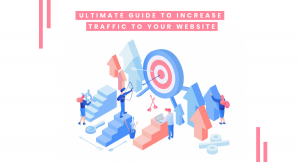In today's fast-paced digital marketplace, standing out in the crowded e-commerce landscape is more challenging than ever. The key to gaining a competitive advantage lies not only in what you sell but how you present and deliver your products to customers. One of the most crucial elements for success is e-commerce website design—a strategic tool that can significantly impact customer experience, engagement, and ultimately, sales. Here are essential tips to leverage your e-commerce website design for a competitive edge.
1. Prioritize User-Friendly Navigation
A well-designed e-commerce website must offer intuitive navigation. Customers should find what they want quickly and effortlessly. Use clear menus, visible search bars, and categorized product sections. Avoid confusing routes and clutter that irritate users. Streamlined navigation reduces bounce rates and increases the likelihood of conversions.
2. Mobile-First Design is a Must
With mobile shopping continuing to rise, your e-commerce website design must be responsive and mobile-friendly. A mobile-first approach ensures your site looks and functions perfectly on smartphones and tablets. Fast load times, easy-to-click buttons, and optimized images improve mobile user experience, making customers more likely to complete purchases on any device.
3. Optimize Website Speed
Slow websites are one of the biggest turn-offs for online shoppers. Studies show that even a one-second delay in page load time can cause significant drops in conversions. Optimize your e-commerce website design by compressing images, leveraging browser caching, and using efficient coding practices to ensure your site loads quickly. Fast sites not only improve user experience but also boost search engine rankings.
4. Use High-Quality Visuals and Product Descriptions
E-commerce customers rely heavily on visuals to make buying decisions. Incorporate high-resolution product images, 360-degree views, and even videos to showcase your products effectively. Complement visuals with detailed, persuasive product descriptions that address customer needs and answer common questions. This combination decreases buying reluctance and increases trust.
5. Simplify the Checkout Process
ALost sales and cart abandonment are the results of a convoluted checkout procedure. Design your e-commerce site to minimize steps during checkout. Offer guest checkout options, clear progress indicators, multiple payment methods, and auto-fill forms to streamline the experience. Transparent pricing, including shipping and taxes, prevents surprises that deter buyers.
6. Incorporate Customer Reviews and Social Proof
Social proof is a powerful influence on online shopping behavior. Integrate customer reviews, ratings, and testimonials directly into your e-commerce website design. Positive feedback builds credibility and encourages new customers to trust your brand. Additionally, linking to social media profiles or showcasing user-generated content can foster a community around your products.
7. Implement Strong Security Features
Concerns over data security and privacy are growing among consumers. Incorporate visible security badges, SSL certificates, and secure payment gateways in your website design. Clearly communicate your commitment to protecting customer information to build confidence and reduce purchase anxiety.
8. Leverage Personalization and AI
Modern e-commerce website design can benefit from AI-driven personalization. Use data to offer personalized product recommendations, dynamic content, and targeted promotions. Personalized experiences make customers feel valued and increase the chances of repeat business.
In conclusion, e-commerce website design is more than just aesthetics; it's a strategic asset that can differentiate your brand in a highly competitive market. By focusing on usability, mobile optimization, speed, compelling visuals, streamlined checkout, social proof, security, and personalization, you create an engaging shopping environment that attracts and retains customers. Investing in smart, customer-centric design choices will ultimately lead to greater sales, loyalty, and a sustainable competitive advantage.






